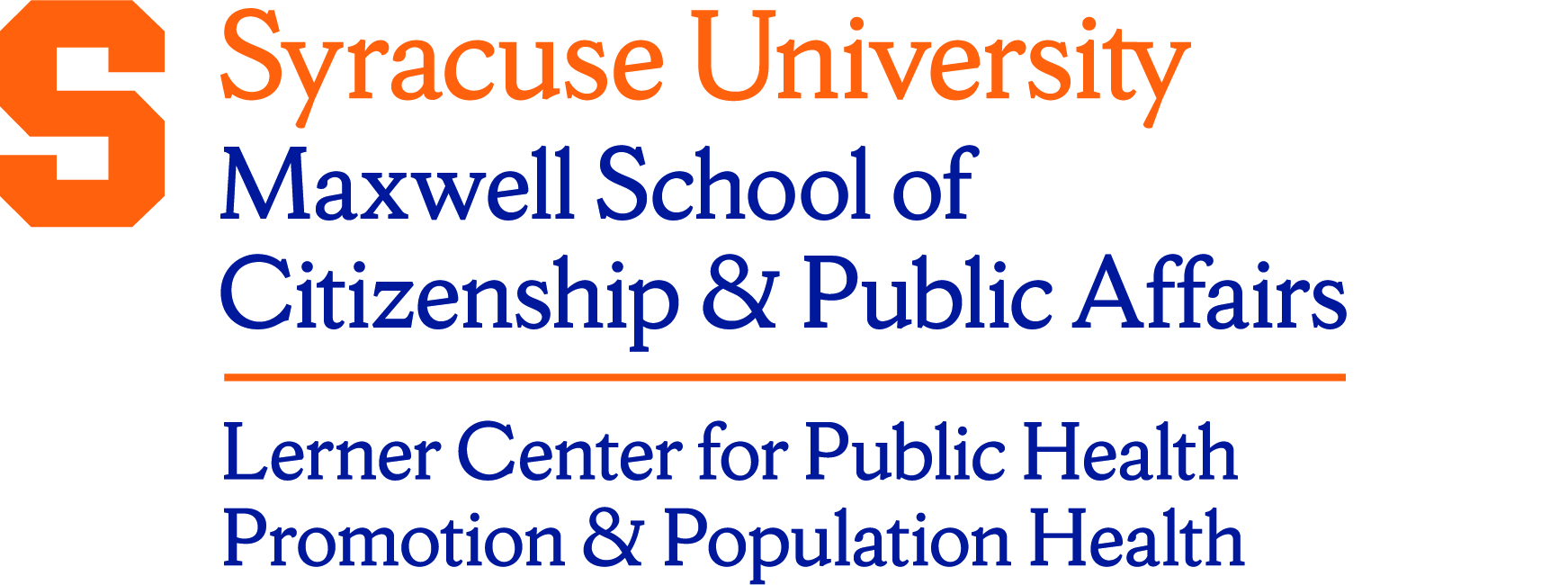Description/Abstract
Vaccine hesitancy is a long-standing challenge that worsened during the COVID-19 pandemic. Understanding the reasons behind different types of vaccine hesitancy is crucial for developing effective vaccine messaging strategies that can increase confidence in and uptake of future vaccines. This brief summarizes the findings from a study that used data from the 2022 National Wellbeing Survey on 7,612 U.S. adults aged 18-64 to identify characteristics of adults who were least likely to get the COVID-19 vaccine and the characteristics associated with different types of vaccine hesitancy. The authors considered three non-mutually exclusive types of vaccine hesitancy: 1) watchful (concerned about vaccine side effects, efficacy, and safety); 2) skeptics (distrust the vaccine or believe they do not need it), and 3) system distrusters (distrust the government). Results showed that being unvaccinated was more likely among adults who are younger, Non-Hispanic Black (compared to Non-Hispanic White), unmarried, have less than a 4-year college degree, low household income, unemployed, voted for Trump in 2020, and live in a nonmetropolitan county. Trump voters were the most likely to be skeptics and system distrusters. Females, non-Hispanic Black adults, and unmarried adults were most likely to be concerned about vaccine side effects or safety (i.e., watchful).
Document Type
Research Brief
Keywords
COVID-19, vaccination rates, vaccine hesitancy
Disciplines
COVID-19 | Public Health | Public Health Education and Promotion | Sociology
Date
7-2-2024
Language
English
Acknowledgements
This study was supported by the National Institutes of Health (U01 DA055972; P30 AG066583; R24 AG065159; 2R24 AG045061).
Funder(s)
National Institutes of Health
Funding ID
(U01 DA055972; P30 AG066583; R24 AG065159; 2R24 AG045061)
Recommended Citation
Zhang, Xue and Monnat, Shannon. (2024). Which Types of People Were Least Likely to Get the COVID-19 Vaccine? Lerner Center Population Health Research Brief Series. Research Brief #119. Accessed at: https://surface.syr.edu/lerner/256/.
Creative Commons License

This work is licensed under a Creative Commons Attribution 4.0 International License.



